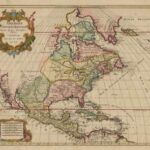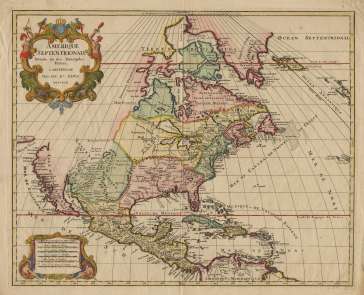

There have been some interesting recent developments in the not-so-recent world of archaeology.
A site on the Patuxent river that not only yielded a Native American house from the age of the Crusades, but implements carbon-dated to 3000 years ago, and clues that could push the site’s antiquity back to 10,000 years BP.
And, interesting for those of us who love the little historical details, archaeologists have discovered what is believed to be the oldest leather shoe ever found, “about 5,500 years old, which is about 1,000 years older than the great pyramid of Egypt and 400 years older than Stonehenge.” The shoe was found in Armenia but, according to the story, the oldest footwear of all was found in the United States and made of plant fibers.
Finally, in news of a more nautical nature, an ongoing, 18th century dig site in Maine uncovers details about two of the first shipwrights in the region.


 I include the following not-so-literary quote because (a) it is from a scholastic reader and so, although it is not about reading, it is for the purpose of teaching children to read, and (b) I really like how the Native American flips the script on the first speaker.
I include the following not-so-literary quote because (a) it is from a scholastic reader and so, although it is not about reading, it is for the purpose of teaching children to read, and (b) I really like how the Native American flips the script on the first speaker.